Keith Hensley, CFP® | March 6, 2025
A recent client conversation went something like this:
“Keith, I’ve built up a very nice retirement savings bucket, yet our initial plan’s probability of success is lower than I anticipated. I have many friends with much less than I, and they’re living comfortably. Why aren’t my results better?”
This question highlights a key issue: how much can you safely withdraw from your retirement savings without running out of money? In this case, we needed to discuss the truth behind a safe withdrawal rate and smart spending in retirement.
The Traditional Approach (And Its Flaws)
Most financial planning software follows a simple assumption:
• Pick an annual spending amount in retirement.
• Increase it each year by a set inflation rate (e.g., 2.3%).
Sounds straightforward, right? However, reality is far more complex.
For example, my client had done an amazing job saving and investing. She was retiring in her early 60s with longevity in her family, meaning she could live well into her 90s. That’s where the power of compounding comes into play.
Imagine how much her spending would increase by the time she reached her mid-80s with a 2.3% inflation rate—significantly higher than today’s needs! This approach doesn’t reflect real-life spending patterns.
Do We Spend the Same Every Year? No!
Think about your working years:
• Big family trip coming up? You likely cut back on eating out and discretionary purchases.
• Job loss? You naturally tighten your budget until things stabilize.
Retirement isn’t any different. The key is understanding what drives spending decisions:
• Fixed income sources (Social Security, pensions, annuities)
• Investment portfolio performance (stock market ups and downs)
Since market returns are unpredictable, retirement spending should be more dynamic, adjusting based on financial conditions.
Smarter Spending Strategies That Adjust to Market Conditions
Instead of using a rigid withdrawal rate, consider flexible spending strategies that help preserve your savings while adapting to real-life changes.
1. Floor and Ceiling Strategy
• Set a minimum (floor) for essential expenses (housing, food, healthcare).
• Set a maximum (ceiling) for discretionary spending (travel, entertainment).
• Adjust withdrawals based on market performance.
• Why it works: Provides stability while allowing flexibility when markets perform well.
2. Guardrails Strategy (Guyton-Klinger)
• Start with a safe withdrawal rate (e.g., 4-5%).
• If the portfolio drops by a set percentage (e.g., 20%), reduce withdrawals.
• If the portfolio grows, increase spending.
• Why it works: Prevents running out of money by cutting spending in downturns and increasing it in strong markets.
The Power of Adjusting Your Strategy
When we adjusted our client’s spending approach using a flexible strategy, her plan’s probability of success significantly increased.
We also factored in another key reality: discretionary spending tends to decrease as we age. By accounting for these real-life factors, her stress levels dropped, and her confidence in her financial future grew.
The Bottom Line: Plan Wisely, Eliminate Stress
Everyone’s retirement spending will look different:
• Some have more fixed income sources than others.
• Some prefer higher spending early in retirement while they’re active.
• Some are more market-dependent with their savings.
The key takeaway? Markets matter. Ignoring market conditions when planning retirement withdrawals can lead to unnecessary stress—or worse, running out of money.
A good financial planner will walk you through a safe withdrawal rate and these strategies, good or bad. Lean on your team to help with your major financial decisions, and most importantly, plan with confidence!
Keith Hensley | Founder of Florida Financial Planning, a fee-only, advice-only fiduciary firm based in Orlando, FL, serving clients nationwide through virtual meetings. As a CERTIFIED FINANCIAL PLANNER™ professional, Keith tackles your most pressing questions with expert, conflict-free guidance and a transparent flat-fee model.
Schedule Complimentary Introduction Meeting
